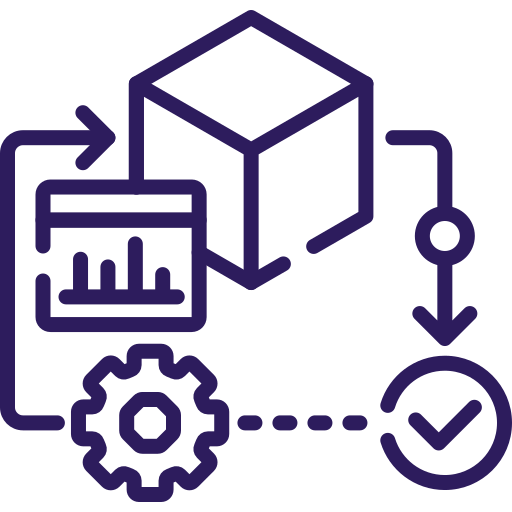Download Semantic Modeling and Knowledge Graphs Infographic
Download infographic (PDF)
Are you, as a data steward, data scientist or researcher, constantly wasting time cleaning and structuring siloed data from different data sources and datasets? And does the way the data is stored and annotated hinder you in making biomedical discoveries?
Maybe you have just started looking into semantic models and knowledge graphs as a solution for these time and resource consuming efforts? This infographic shows the benefits of semantic models and knowledge graphs and how The Hyve, in collaboration with a top pharma company, solved their data integration challenge.
 Data Modeling
Data Modeling
Life sciences research generates vast volumes of complex, domain-specific data—spanning genomics, proteomics, assays, clinical trials, and more. Without structure and standardization, this data becomes fragmented and underutilized.
Our data modeling services empower both researchers and stakeholders to unambiguously understand, find, and reuse this data—ensuring alignment with FAIR data principles (Findable, Accessible, Interoperable, Reusable).
 Knowledge Graphs
Knowledge Graphs
Having all data in a structured, queryable model stimulates internal and external collaboration and speeds up research and development processes. It also enables maximum (re-)use of all available data.
With knowledge graph capability, data integration is simplified because meaning has been standardized. Processes can be automated by reducing the need for reconciliation. Data teams get analytical flexibility and the ability to ask ‘what if’ questions of the data. Data stewards can manage data more efficiently as all data points as well as the relationships between data elements are captured.